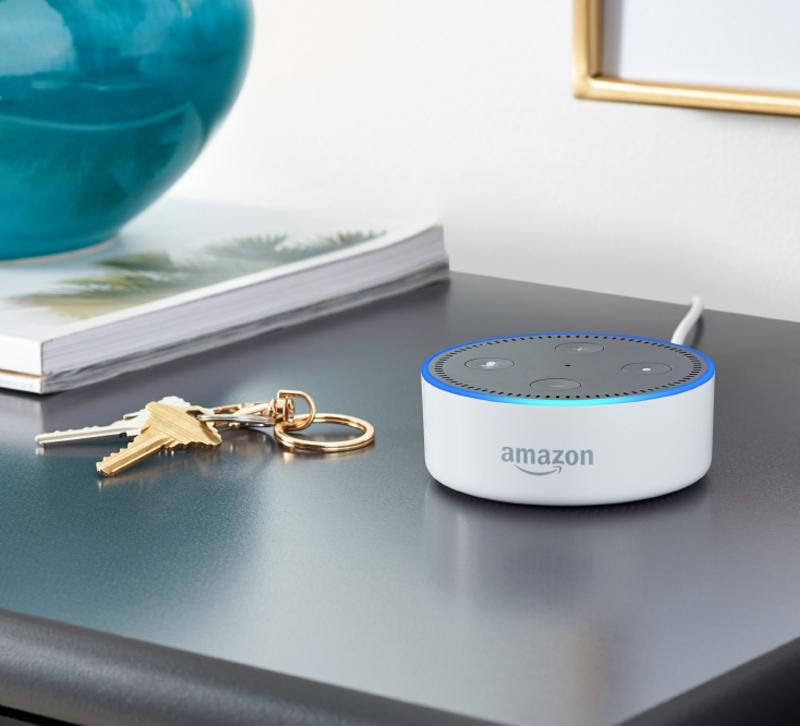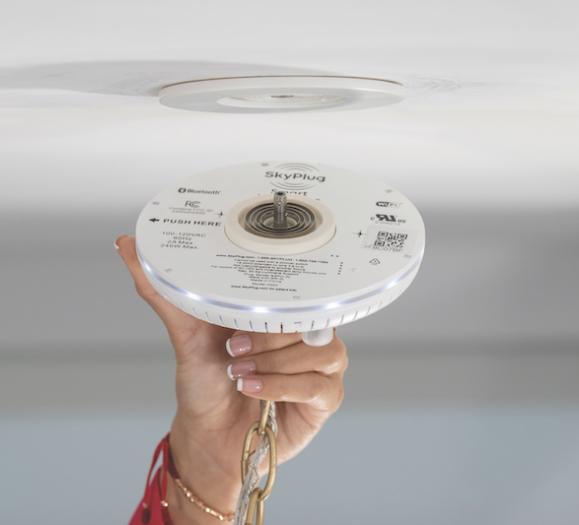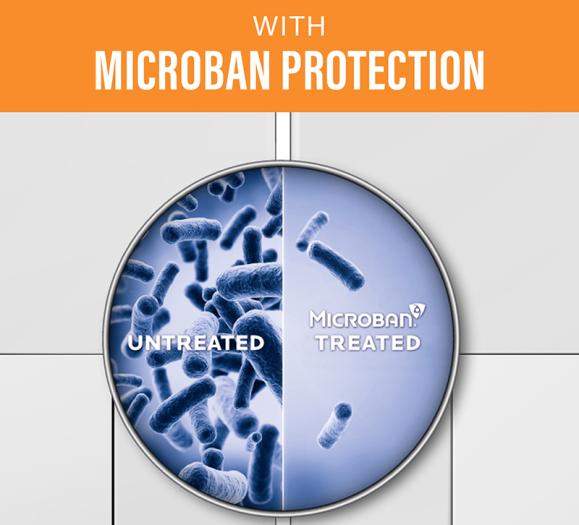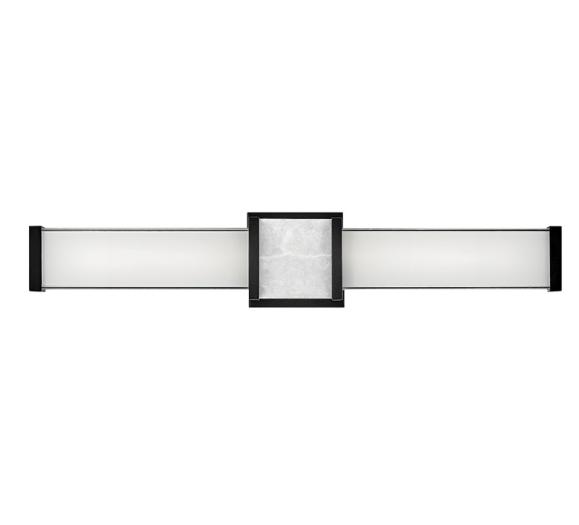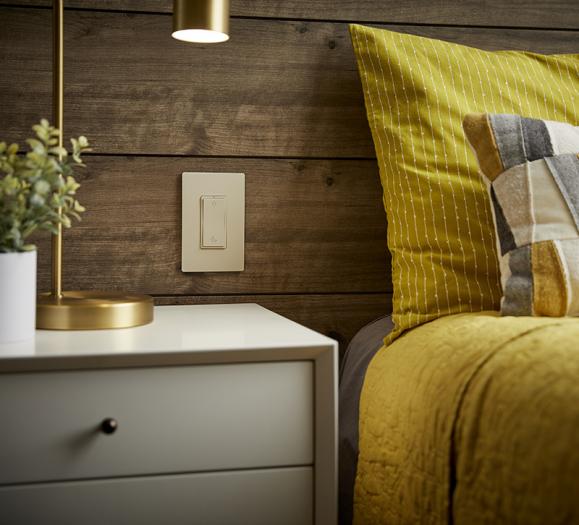The average home has 24 electronic devices, and almost all of them are connecting with the internet. So with that logic, all of us are living in smart homes, right?
Well not quite. Although a lot of people use the terms smart and connected interchangeably, the truth is they're not quite the same. Think of them like squares and rectangles: all home are connected, but not all connected homes are smart homes. To better understand, we've put together this handy guide to help use the terms correctly whether you're with clients or planning for your own home.
Connected Technology
Most of us already live in connected homes because we have LAN lines and wireless networks. When a home is connected, it means that the devices in the home can communicate with each other through the internet. For example, your laptop communicates with your wireless printer through Wi-Fi to print pages. Your Wi-Fi also enables you to jot a note in the Notepad app on your iPhone and reread the note at a later date on your iPad.
Connected devices, however, cannot control one another without your specific Wi-Fi connection. If you're sitting in a Starbucks using their Wi-Fi, then your laptop cannot send a message to your printer back home. Most connected devices are share files, but they usually can't control one another (the printer being one exception). Your phone and Xbox or Wii may be connected to the internet, but you can't turn them on or off through your phone.
Additionally, connected homes only need a Wi-Fi or LAN line connection to communicate. You do not have to install a separate hub to get them all to work.
Smart Technology
Smart technology takes connected technology just a little bit further. With smart technology, devices within a network can be connected and controlled, doing more than just sharing files. You can command your lighting, heating and cooling system, and window shades all through your phone, and you don't necessarily need to be home to do it. You just need to be connected to any Wi-Fi. In short, once your devices start working together, then you have smart technology, rather than just connected technology.
There are several levels of smart technology. Most homeowners are probably familiar with hubs such as Google Play, Amazon Echo, GE, Nest and Philips Hue. All four devices can be used without any major installation: just take them out of the box, plug them in and go. Google Play and Amazon Echo also offer a number of other cool functions, such as playing music, telling jokes and recapping news broadcasts, and they're made for both adults and children.
Some smart technology, however, requires a skilled electrician to install. Control 4, for example, can create a smart home plan in which your home theater system, security system, lighting controls and heating and cooling controls answer to a single hub. That hub can work with existing hubs such as Nest and Phillips Hue, so homeowners don't have to throw out their existing connected devices.
Knowing the difference between connected technology and smart technology will help you better assist your customers. What are some of the most common questions you get from clients about smart technology? Share with us in the comments!



